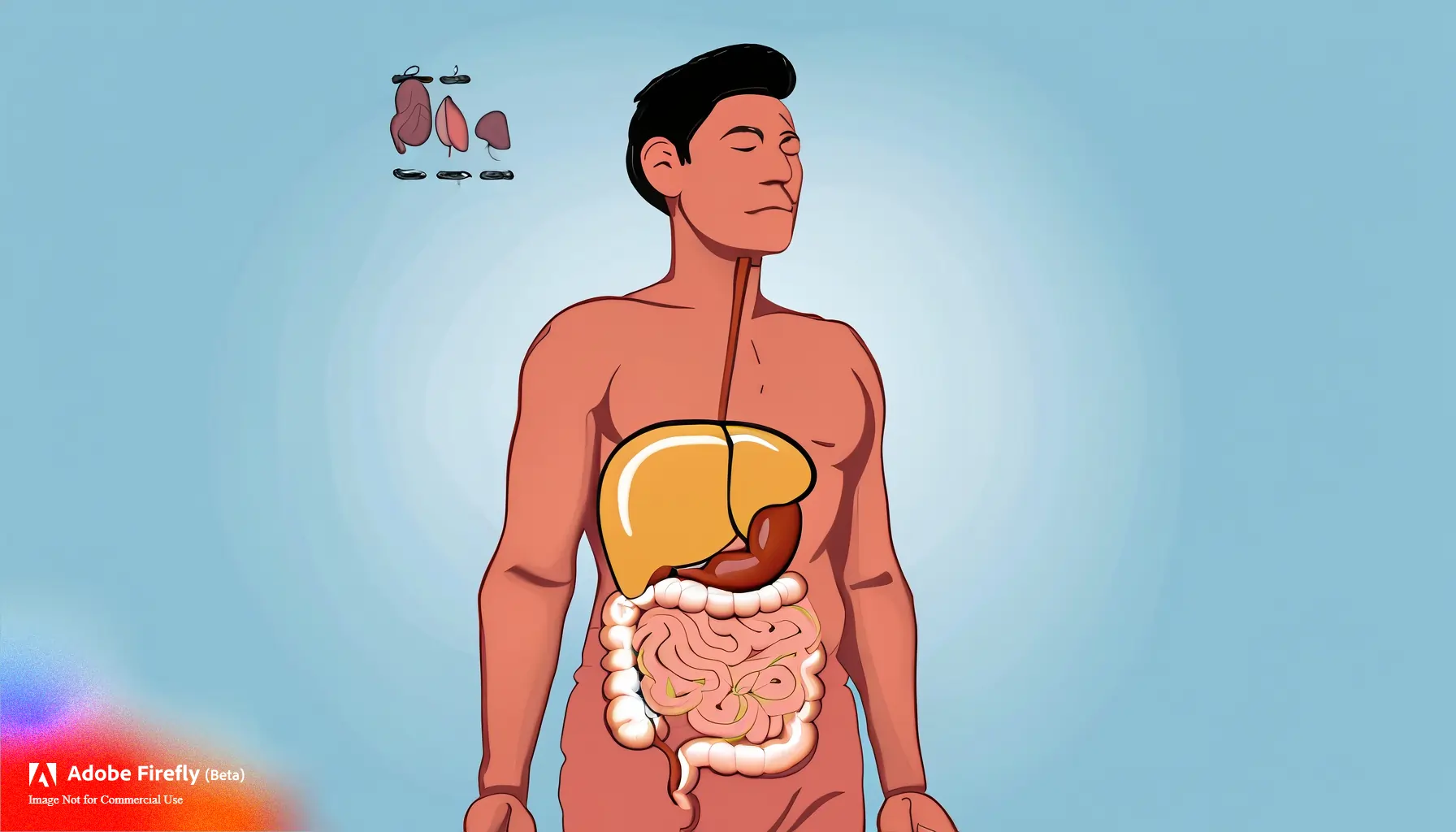Human Digestive System and Function is a complex process involving the mouth, esophagus, stomach, small intestine, large intestine, liver, pancreas, and associated glands. These organs work together to break down food, extract nutrients, and eliminate waste, ensuring proper digestion and absorption in the body.
If you are a class 7 to board 10th student this Human Digestive System Notes will help you more to understand, learn fast and taking notes so that you can revise again.
Human Digestive System Function
The digestion process starts in the mouth and ends in the small intestine, while the large intestine absorbs water and facilitates bacterial fermentation of indigestible materials.
Food particles travel through the gastrointestinal tract, undergoing step-by-step digestion in the mouth, stomach, and small intestine, aided by enzymes and bile.
The large intestine absorbs water and promotes fermentation before elimination.
How Do Organisms Reproduce Class 10 Notes
Ingestion:
- Taking in food and liquids into the body.
- Mouth:
- Teeth and tongue help break down food into smaller pieces.
- Salivary glands produce saliva:
- Saliva moistens food.
- Saliva contains enzymes for digesting carbohydrates.
Mixing and Movement:
- Food moves down the esophagus to the stomach.
- Swallowing propels food using peristalsis:
- Coordinated muscular contractions.
Secretion:
- Stomach:
- Gastric glands secrete gastric juice:
- Contains hydrochloric acid and pepsin.
- Breaks down proteins and creates an acidic environment.
- Stomach secretes mucus to protect its lining.
Digestion:
- Breaking down complex food molecules into smaller substances.
- Stomach:
- Muscular contractions mix food and gastric secretions:
- Forms semi-liquid chyme.
- Muscular contractions mix food and gastric secretions:
- Small Intestine:
- Pancreas secretes pancreatic enzymes and bicarbonate ions:
- Enzymes break down carbohydrates, proteins, and fats.
- Bicarbonate ions neutralize acidic chyme.
- Pancreas secretes pancreatic enzymes and bicarbonate ions:
- Liver produces bile:
- Bile emulsifies fats for digestion and absorption.
Absorption:
- Primarily occurs in the small intestine.
- Small Intestine:
- Inner lining has villi:
- Finger-like projections increasing surface area.
- Nutrients absorbed through villi into the bloodstream.
- Inner lining has villi:
- Large Intestine (Colon):
- Absorbs water, electrolytes, and vitamins.
Excretion/Egestion:
- Elimination of waste material from the body.
- Large Intestine (Colon):
- Absorbs water and salts, forming feces.
- Rectum:
- Stores feces.
- Anus:
- Feces eliminated through defecation.
Parts of the Human Digestive System & Function
In the human digestive system, each part has a specific function that contributes to the overall process of digestion, absorption, and waste elimination.
| Digestive System Part | Function |
|---|---|
| Mouth | Breaks down food through chewing and mixes it with saliva. |
| Esophagus | Transports food from the mouth to the stomach using peristalsis. |
| Stomach | Secretes gastric juices to break down proteins and mix food into chyme. |
| Small Intestine | Digests and absorbs nutrients from food. |
| Receives digestive enzymes from the pancreas and bile from the liver. | |
| Absorb nutrients into the bloodstream through villi. | |
| Pancreas | Produces digestive enzymes for carbohydrate, protein, and fat digestion. |
| Liver | Produces bile to emulsify fats for digestion. |
| Gallbladder | Stores and releases bile into the small intestine. |
| Large Intestine (Colon) | Absorbs water, electrolytes, and vitamins from undigested food. |
| Rectum | Stores feces until elimination. |
| Anus | Eliminates feces from the body through defecation. |
Secretion, Source and Function In Human Digestive System
These secretions play vital roles in the digestive process, ensuring that food is broken down into smaller molecules that can be absorbed and utilized by the body for energy and nourishment.
| Secretion | Source | Function |
|---|---|---|
| Saliva | Salivary glands | Moistens food, contains enzymes for carbohydrate digestion |
| Gastric juice | Stomach | Contains hydrochloric acid and enzymes for protein digestion, creates an acidic environment |
| Mucus | Stomach | Protects the stomach lining from the acidic gastric juice |
| Pancreatic enzymes | Pancreas | Digests carbohydrates, proteins, and fats in the small intestine |
| Bile | Liver | Aids in the digestion and absorption of fats in the small intestine |
| Intestinal enzymes | Small intestine | Assist in the breakdown of carbohydrates, proteins, and fats |
| Intestinal juice | Small intestine | Contains enzymes that further break down nutrients for absorption |
| Mucus | Small intestine | Provides lubrication and protects the intestinal lining |


Leave a Reply